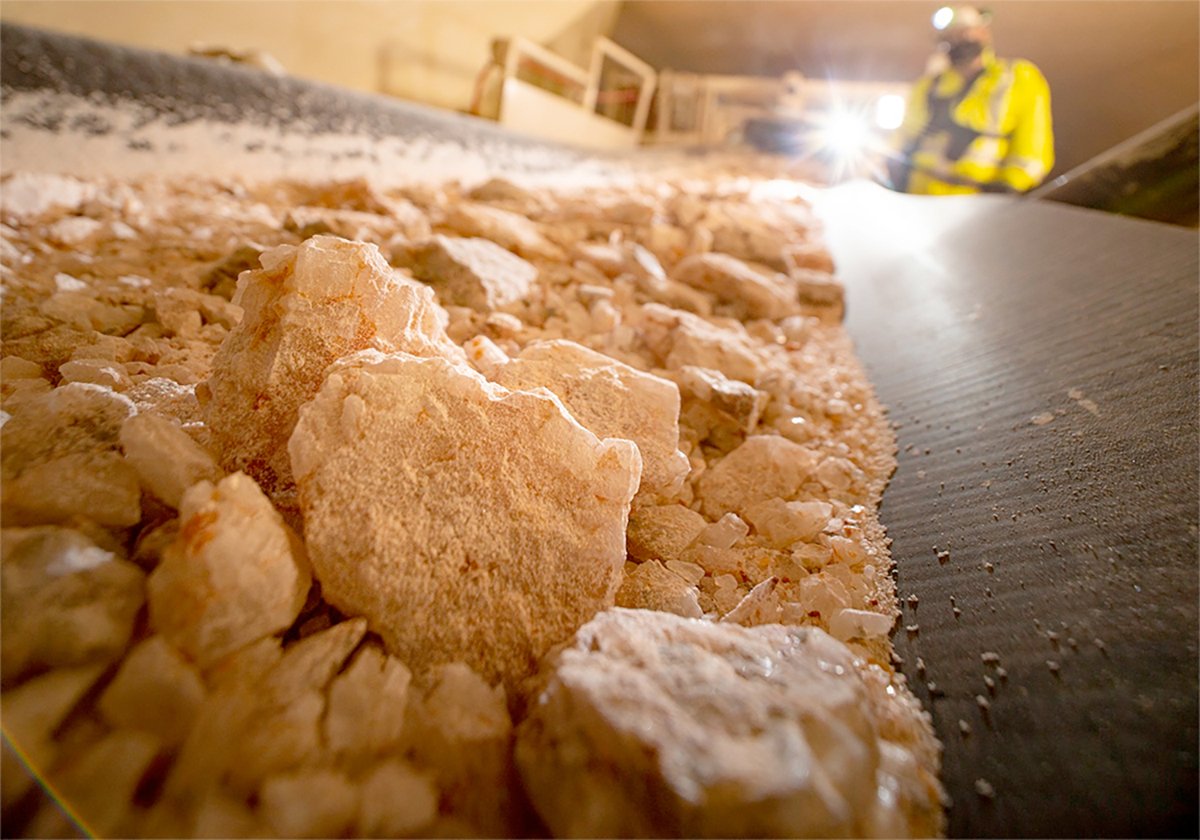Doug Hansen never planned to be a solar power convert, but the price of connecting to the electrical grid shocked him into adopting green energy.
When Hansen bought a quarter section of land west of Rocky Mountain House, Alta., the power company told him it would cost $12,000 to $13,000 to bring power a kilometre to his cabin. ![]()
Hansen wasn’t willing to pay that much, so he expanded a simple solar power and battery system he had already rigged up at the cabin.
Read Also

Saskatchewan looks to expand trade in Indonesia
Saskatchewan intends to increase its agricultural partnership with Indonesia.
His first system – one solar panel and a collection of used batteries – supplied light when he made weekend visits to look after his cattle.
Hansen added another four panels for a house he built later and a simple Jacuzzi pump and solar panel system to pump water from the well.
“I started off pretty simple.”
He’s since added another 12 panels and a small wind turbine to heat and supply light when he made weekend visits to look after his cattle.
“In the summer it’s great, we have oodles of power,” said Hansen, who believes the key to adopting solar energy is to start small, become comfortable with the systems and then grow.
“I’m not saying get rid of the grid, but this complements and cuts down your grid power price.”
He uses a generator to charge the batteries during cloudy days in winter or to run the lathes in his machine shop.
“The disadvantage is in winter we don’t have enough sunlight, but you can fix that by adding more panels.”
When Marvin Jackson started selling solar panel equipment in Sundre, Alta., eight years ago, it was barely a part-time job. Today, Sundog Solar is Jackson’s full-time business.
“It’s changing rapidly,” Jackson said about alternative energy technology and the interest from farmers, acreage owners and urban dwellers.
He said the increased interest in Alberta is the result of changes coming into effect Jan. 1 that require electrical companies to buy power from small producers hooked to the grid.
“It’s a fairer system now,” said Jackson, who believes the payback from the energy companies will make alternative energy more affordable.
With the prices of wind and solar power dropping, Jackson sees more farmers and ranchers “jumping right in” and hooking up entire electrical and heating systems using alternative energy. With the right kind of planning, solar heat units will be paid off in three years and solar electrical panels in 10 years or less, depending on how much power is sold to the grid.
Jackson said many producers still use solar systems for remote water pumping stations or solar fences.
“That’s where producers gain acceptance and confidence.”
Ross Crain has been off the grid for 32 years, using a combination of natural gas, gas generators, wind power, solar panels and a careful eye on electrical use.
“We’re frugal about it, very frugal about it.”
Crain, who ranches near Rocky Mountain House, Alta., wasn’t willing to pay the more than $30,000 needed to bring power 5½ km from the nearest electrical grid. As a result, he became creative.
A new wall of solar panels this year provided enough power to help him avoid starting the generator until Nov. 19, when it became too cloudy for the system.
He is convinced he made the right decision. It takes a “mindset shift” to adopt alternate energy, he added.
Crain had explored solar energy earlier, but the technology wasn’t advanced enough.
“It took modern science to catch up to where I wanted to be.”
Crain is the first to admit alternative energy is not trouble free. Few electricians specialize in diagnosing troubles in the battery banks and power inverters required for alternative energy. If a breaker blows, the sun doesn’t shine or the wind doesn’t blow, producers and homeowners must be savvy enough to fix the problems. It’s not a big deal in the summer, but starting a generator in the winter isn’t always easy.
“All these things have to be added to the equation,” he said. “It’s like owning a car. Something always has to be fixed once in a while.”














